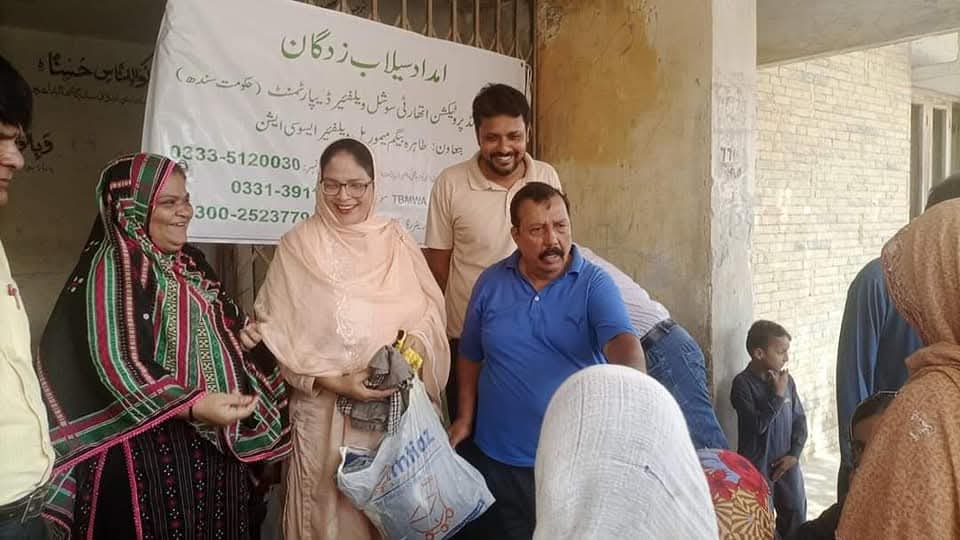
Pakistan has long been vulnerable to natural disasters, and among them, floods remain one of the most devastating. Heavy monsoon rains, inadequate drainage systems, and melting glaciers often combine to trigger widespread destruction. Entire villages are submerged, agricultural lands are destroyed, and millions of people are forced to leave their homes in search of safety.
The consequences of floods in Pakistan are far-reaching. Beyond the immediate loss of life and property, there are long-term effects on the country’s economy, agriculture, education, and health systems. Crops are wiped out, leaving farmers without livelihoods and communities facing food insecurity. Children lose access to education as schools are damaged or converted into temporary shelters. Meanwhile, contaminated water supplies cause outbreaks of waterborne diseases, putting additional pressure on already fragile healthcare systems.
Another major factor contributing to frequent flooding is climate change. Rising global temperatures are leading to unpredictable rainfall patterns and accelerated glacial melting in northern regions. Although Pakistan contributes very little to global greenhouse gas emissions, it remains one of the most climate-vulnerable countries in the world.
Addressing this challenge requires both short-term relief and long-term solutions. Emergency relief efforts—such as providing shelter, clean water, and medical aid—are essential to support displaced communities. At the same time, Pakistan must invest in stronger disaster management systems, sustainable urban planning, reforestation projects, and modern infrastructure that can withstand heavy rainfall and flooding.
International cooperation and humanitarian aid also play a crucial role. The global community must recognize that climate change is a shared responsibility, and vulnerable nations like Pakistan need support to build resilience against future disasters.
Floods in Pakistan are not just natural calamities—they are a reminder of the urgent need for climate action, strong policies, and collective efforts to protect communities from recurring devastation.